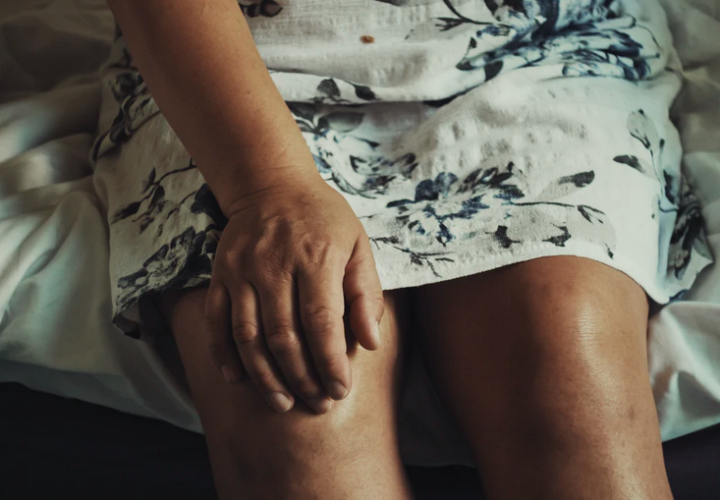Osgood-Schlatter is a condition where the patellar ligament and tibial tuberosity, which lies just below the knee cap, becomes chronically inflamed. Often it can be identified by a painful bump just below the knee. Osgood-Schlatter tends to get better with rest and worse with activity.
Understanding Osgood-Schlatter
Approximately 1 in 10 adolescents are affected. Symptoms can last as little as a few weeks or as long as a few years. Because of it’s high prevalence and potential for long duration of symptoms, it’s very important children with this condition and their parents are properly educated on how to manage it.
It is well understood that rest, ice, and stretching are all helpful in decreasing symptoms. These are widely prescribed to patients. However, there are two other important components in treating this condition that are often forgotten. These are activity modification and knee strengthening.
Management
Now you may be thinking to yourself… so am I supposed to be resting or strengthening?! This is a valid question. Like most chronic conditions, Osgood-Schlatter’s is exasperated by repetitive stress or motion. So usually we see worse symptoms when a child is specializing in one sport too early or just spending too much time doing a specific activity or exercise. This is what we are referring to when we suggest activity modification and strengthening. Just resting, stretching, and icing would leave the child with muscle weakness. This is not beneficial in treating their condition. But adding variations to their activities as well as strengthening the muscles above and below the knee and including their core and hip musculature… this will be sure to give them the best results.
Physical therapy is a great option if you or someone you know have been diagnosed. If you are located in Central Florida, we at Hohman Rehab would love to work with you. To schedule please click here.

